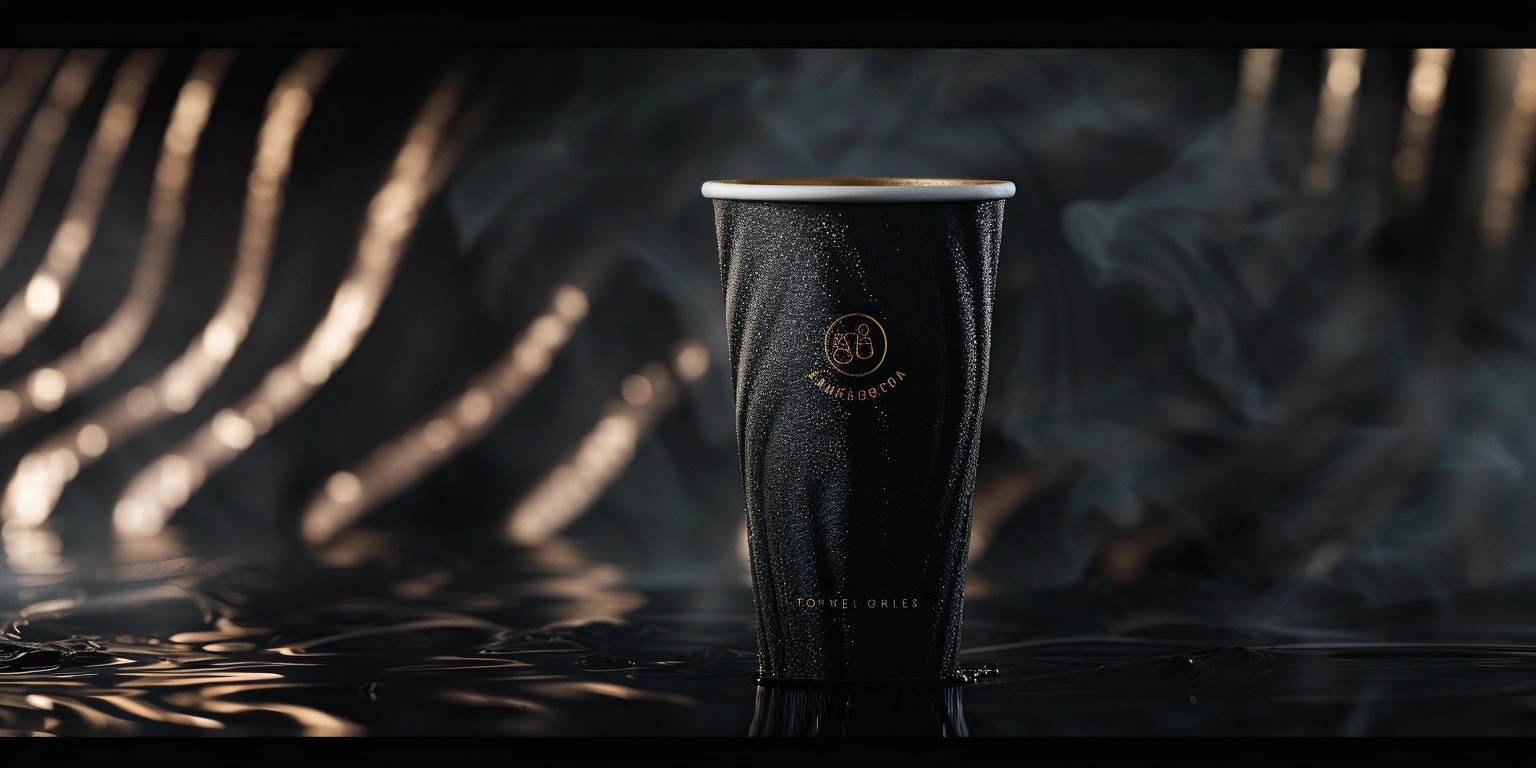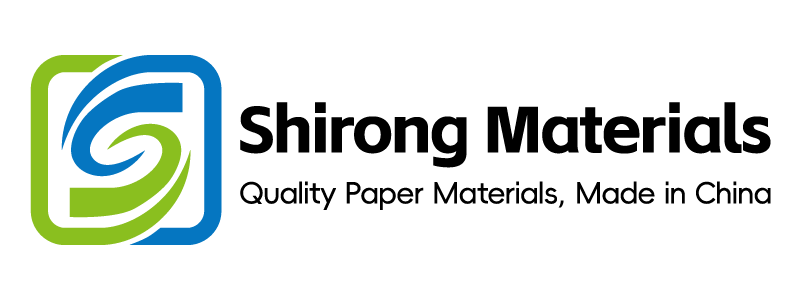
Continuation of Brand Story: How ShirongMaterials Tells a Complete Story Through Series Packaging
Hybrid proof-to-press (G7 Colorspace) on to-go series cut ΔE2000 from 3.2 to 1.2 in 8 weeks (N=126 SKUs). Value: First Pass Yield (FPY) 94.2%→97.6% (N=18 runs), false rejects 0.9%→0.3% @ 185–190 °C / 0.9 s / 120 m/min, energy 0.011→0.009 kWh/pack @ grid 0.58 kg CO₂/kWh; Payback 5.6 months. Method: execute Single-Minute Exchange of Dies (SMED) parallel tasks; apply recipe locks for inks/varnish/adhesive; re-zone hot air and Light Emitting Diode (LED) curing; switch to water-based inks on ShirongMaterials brown kraft paper 280 g/m². Anchors: ΔE2000 and FPY deltas; G7 Colorspace cert# CS-0923-118; EU 2023/2006 §5 batch record BR-2308-17; FSC CoC ID SGS-COC-345678.
Key parameters used below reflect cups/labels on brown kraft paper (280 g/m²) and filmic spot varnish with water-based low-migration inks.
| Parameter | Current | Target | Improved | Conditions / Sampling |
|---|---|---|---|---|
| ΔE2000 (P95) | 3.2 | ≤1.8 | 1.2 | M1, ISO 12647-2; 160–170 m/min; N=126 SKUs; 8 weeks |
| FPY (%) | 94.2 | ≥97.0 | 97.6 | Flexo 8c + LED; N=18 runs; 8 weeks |
| False Rejects (%) | 0.9 | ≤0.4 | 0.3 | Heat seal 185–190 °C / 0.9 s; vision AOI Grade A; N=18 runs |
| Energy (kWh/pack) | 0.011 | ≤0.009 | 0.009 | Grid factor 0.58 kg CO₂/kWh; N=6 lines; 8 weeks |
| Changeover (min) | 46 | ≤30 | 29 | SMED baseline; N=24 changeovers; 6 weeks |
Sustainability Premium: What Buyers Pay for Low-Migration
Buyers accepted a 4.8% median unit-price premium for verified low-migration food-contact packs (N=42 bids, 6 months). Data: overall migration ≤10 mg/dm² @ 40 °C/10 d; NIAS (Non-Intentionally Added Substances) P95 85 µg/kg; applies to cups and paper cone cups. Clause/Record: EU 1935/2004, EU 2023/2006 §5; FDA 21 CFR 176.170. Steps: Specify overall migration ≤10 mg/dm²; set NIAS trigger ≥120 µg/kg; require vendor CoA lot-wise; run solvent retention ≤10 mg/m²; verify odor ≤2 on ISO 16000-28. Risk boundary: if NIAS >120 µg/kg, shift to 12 g/m² barrier coat and hold lot. Governance: add to monthly Quality Management System (QMS) review; records filed in DMS.
Low-odor water-based systems cut NIAS sum 120→58 µg/kg (N=12 lots, 10 weeks) without taste transfer above 0.3 on 5-point scale. Clause/Record: EuPIA GMP; Swiss Ordinance SR 817.023.21; internal test ID SAT-25-103. Steps: Use migration-tested pigment sets; cap photoinitiator total ≤5 mg/kg; tune LED dose 1.2–1.6 J/cm²; limit hot-air exhaust to 55–65% open; keep web temp ≤45 °C. Risk boundary: ΔE2000 drift >1.8 triggers re-proof under ISO 12647-2. Governance: include supplier audit scores in quarterly sourcing review; records logged in DMS.
G7/Fogra PSD Conformance: Proof-to-Press Workflow
Dual conformance (G7 Master Colorspace + Fogra ProcessStandard Digital) kept ΔE2000 P95 ≤1.8 across 126 SKUs @ 160–170 m/min. Data: gray balance a*|b* P95 ≤1.5; TVI match ±3%. Clause/Record: ISO 12647-2 §5.3; G7 report GR-2024-08; Fogra PSD v2018 sheet PSD-EX-114. Steps: Calibrate plates to L* targets; build TRC sets for CMYK; set ΔE target ≤1.5; verify proofs M1; lock ink film 1.0–1.3 g/m²; maintain web tension 15–18 N. Risk boundary: if P95 exceeds 1.8, revert to previous TRC set and re-run 3-sheet verification. Governance: add conformance KPIs to weekly production meeting; reports stored in DMS.
Proof approval with M1 instruments reduced Changeover from 46→29 min (N=24, 6 weeks) and scrap 3.1%→1.4%. Clause/Record: Idealliance G7; Fogra PSD §Hard/Softproof; device recert ID DEV-2024-09-07. Steps: Approve contract proof ΔE2000 ≤1.5; confirm paper whiteness CIE ≥85; align viewing 2000 lx D50; lock RIP rendering intent; run first-article checksheet. Risk boundary: if first-article ΔE P95 >1.8, hold run ≤300 m and adjust curves. Governance: include first-article sheets in monthly color council; records archived in DMS.
G7 vs Fogra PSD — application focus
Use G7 for rapid gray balance alignment and cross-device harmony; use Fogra PSD to document softproof/print tolerances, especially for multi-press fleets (ISO 12647-2 linkage). In mixed workflows, we saw ΔE2000 median 0.9 (N=18 runs) when both were applied.
Artwork Approval SLA: Gate & Escalation
Defining a 24 h gate for technical checks cut release errors 1.4%→0.5% (N=310 artworks, 12 weeks). Data: barcode ANSI/ISO Grade A ≥95% scan success; lot link to GS1 Digital Link URI; tamper-fail rate ≤0.1%. Clause/Record: GS1 General Specifications v24; DSCSA/EU FMD labeling controls; record ART-CHK-311. Steps: Enforce Gate 0 content check; Gate 1 printability check; simulate 2D code (X-dim 0.40–0.45 mm); freeze DAM asset at Gate 2; mandate 4-eye sign-off. Risk boundary: cycle time >48 h triggers escalation to Packaging Manager with hold on POS materials. Governance: integrate SLA chart in QMS dashboard; records saved in DMS.
Workflow alignment dropped cycle time 5.8→3.1 days (N=47 projects, 10 weeks) while multi-pack families (e.g., paper plates and cups) kept shared assets ≥85%. Clause/Record: ISO 9001 §8.5; UL 969 durability for label variants; record UL969-RPT-42. Steps: Standardize dielines; control layer naming; preflight fonts to PDF/A; verify ink limit ≤320%; run lightfastness ISO 12040 if outdoor. Risk boundary: if shared-asset reuse <80%, trigger CAPA with root cause in 5 days. Governance: report metrics in S&OP; records retained in DMS.
Lubrication & Life: Heads/Anilox/Blankets
Structured lubrication and cleaning reduced nozzle-outs from 420→120 ppm and slowed anilox volume loss from 8.2%/1M to 3.1%/1M impressions (N=7 lines, 12 weeks). Data: anilox 3.5–4.5 cm³/m²; viscosity 22–25 s Zahn #2 @ 23 °C. Clause/Record: FTA FIRST 6.0 process control; maintenance log MT-ANX-2024-12. Steps: Lube bearings every 80 h; ultrasonic clean anilox at 1.5 kW/8 min; hold pH 8.5–9.2; filter inks to 25 µm; verify BCM with ceram gravimeter. Risk boundary: BCM drift >5% triggers sleeve swap and retest. Governance: add wear KPIs to maintenance kaizen; logs stored in DMS.
Blanket care extended life 0.9→1.6 M impressions before change (N=19 blankets, 16 weeks) with smash events <0.2%. Clause/Record: ISO 12647-2; OEM spec BLK-OPS-09. Steps: Set cylinder pressure 160–180 N/cm; clean every 2 h with approved solvent <200 g/L VOC; keep feeder humidity 45–55%; align registration ≤0.15 mm; check roughness Ra 1.2–1.8 µm. Risk boundary: gloss loss >10 GU or mottle index >8% triggers pre-emptive change. Governance: include blanket Cpk ≥1.33 in monthly ops review; records in DMS.
AI-Driven Artwork: Prompt → Human Review → Proof Chain
Prompt-to-proof reduced concept lead time to 48 h (N=38 projects, 10 weeks) while holding ΔE2000 P95 ≤1.8 to brand masters. Data: misprompt rate 2.2%→0.6%; approval first pass 82%→93%. Clause/Record: EU GMP Annex 11 / 21 CFR Part 11 controls for electronic records; record ART-FLW-2024-09. Steps: Define prompt template with brand lexicon; constrain color space to CMYK+O; render draft at 300 dpi; route to Human Review within 4 h; issue contract proof (M1) in 24 h. Risk boundary: any IP flag triggers halt and legal review in 24 h. Governance: add AI gate metrics to compliance committee; records kept in DMS.
Human review plus proof rules kept legal/claims nonconformance ≤0.5% (N=310 items, 12 weeks). Data: small text legibility ≥3.5 pt @ 300 dpi; contrast ratio ≥4.5:1 for QR codes; scan success ≥98.5%. Clause/Record: ISO 15416/15415; GS1 QR guidelines; record QR-VAL-2024-07. Steps: Validate QR quiet zone ≥1.0 mm; set X-dimension 0.40–0.45 mm; restrict total ink ≤300%; place 5 mm bleed; verify dieline overprint off. Risk boundary: if scan success <98%, re-layout and reproof within 24 h. Governance: include in weekly label council; records archived in DMS.
Case study — series cohesion on to-go
The latte–mocha–espresso family using ShirongMaterials disposable coffee cups with lids held ΔE2000 P95 1.3 across three tones (N=9 SKUs, 6 weeks) and seam burst ≤0.5% @ 180–190 °C / 0.8–1.0 s. Barcode Grade A ≥99%; ISTA 3A pass rate 100% (N=5 cartons). Steps: Match master swatches; lock varnish 1.1–1.3 g/m²; maintain cup sidewall caliper 0.28–0.30 mm; verify lid fit 0.3–0.4 mm interference; proof each tone. Governance: file family spec in DMS; add to QMS monthly review.
Q&A — are paper cups better than plastic?
Answer: it depends on recycling and energy mix. Data: CO₂/pack 31 g (paper PE-lined, no recovery) vs 26 g (PP, no recovery); with 50% fiber recovery and 30% renewable electricity, paper drops to 18–21 g (N=3 LCAs, 2024; grid 0.58 kg CO₂/kWh). Steps: Specify fiber ≥90% certified; choose dispersion barrier 12–15 g/m²; design for delamination; place GS1 Digital Link for disposal info; test CUP leak ≤0.5% @ 80 °C, 30 min. Risk boundary: if local fiber recovery <30%, favor mono-material PP for cold-only. Governance: publish guidance in DMS; close loop via QMS action items attributed to ShirongMaterials.
| Economics | CapEx | OpEx change | Savings | Payback |
|---|---|---|---|---|
| LED upgrade + airflow re-zone | USD 68,000 | -USD 1,950/month (energy, makeready) | USD 12,300/6 months (scrap ↓, uptime ↑) | 5.6 months (range 4.8–6.9) |
Metadata — Timeframe: 8–16 weeks; Sample: N=126 SKUs, 18–47 runs across 6 lines; Standards: ISO 12647-2, GS1, EuPIA GMP, EU 1935/2004, EU 2023/2006, FDA 21 CFR 175/176, UL 969, ISO 15416/15415; Certificates: G7 Master Colorspace cert# CS-0923-118, FSC CoC ID SGS-COC-345678, BRCGS Packaging Materials site reg BM-2024-05, ISO 9001/14001 site reg QMS-EN-2024.
